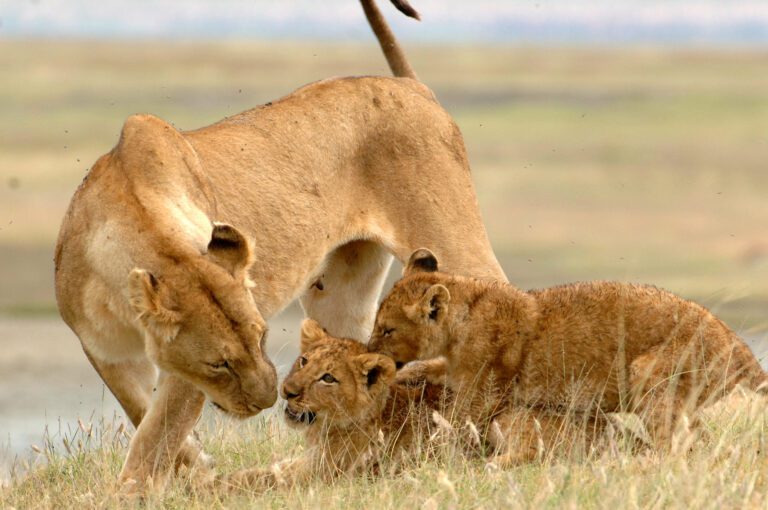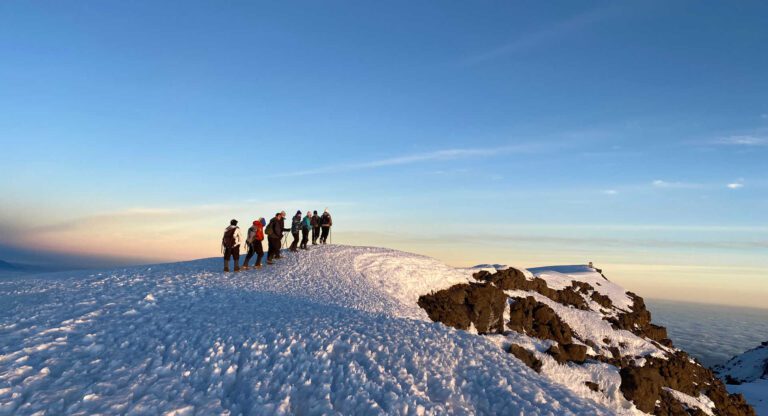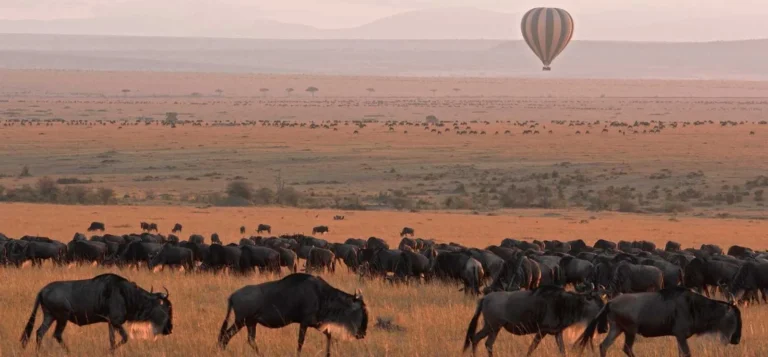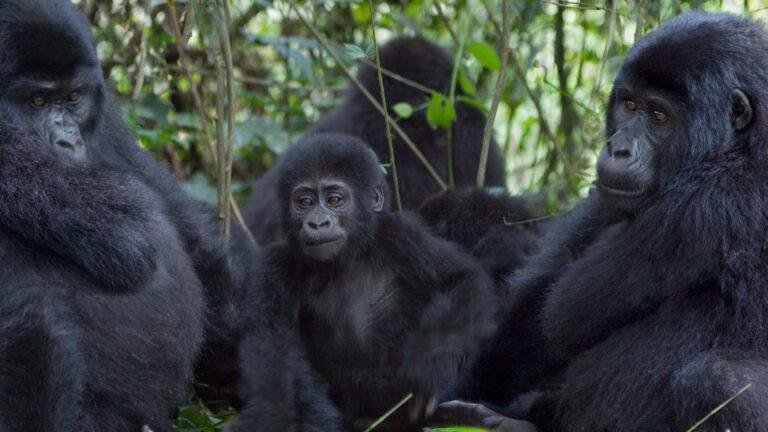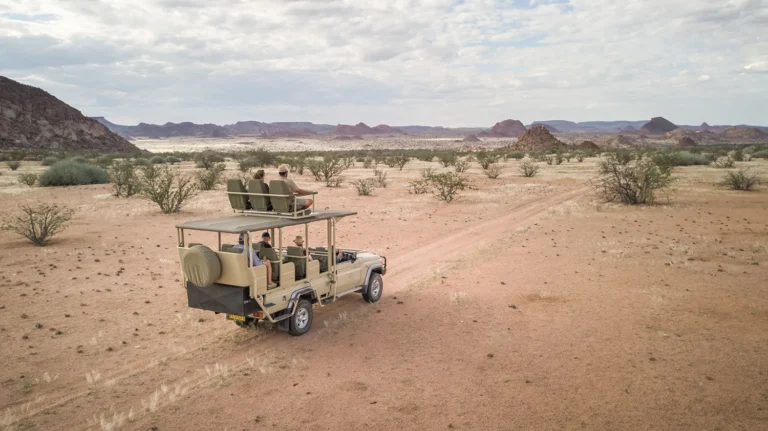Formerly known as Selous Game Reserve, the expansive Nyerere National Park holds the title as Tanzania’s largest safeguarded territory and ranks among Africa’s most massive game reserves. Encompassing an estimated area of about 54,600 square kilometers, it’s situated in the southern section of Tanzania. Julius Nyerere, the first president of Tanzania and a key figure in the park’s establishment in 1975, lends his name to this vast wilderness.
In terms of wildlife, the biodiversity of Nyerere National Park is impressive. It serves as a sanctuary for an extensive array of species, from elephants, lions, leopards, cheetahs, and wild dogs to a vibrant bird population of over 400 species. The Rufiji River coursing through the park provides a crucial water source for these creatures and is teeming with a considerable population of hippos and crocodiles. Featuring a diverse range of environments like grasslands, woodlands, and wetlands, the park is a must-visit for individuals who have a deep appreciation for nature and wildlife.
Recognized as a UNESCO World Heritage Site, Nyerere National Park is celebrated for its ecological significance and cultural relevance. Indigenous tribes have resided in the area for millennia, leaving behind numerous archaeological sites within the park that bear testimony to the region’s ancient history. Various hunting camps and lodges scattered across the park enable visitors to immerse themselves in traditional African safaris.
A fervent advocate for sustainable tourism and conservation, Nyerere National Park promotes activities that align with these principles. A prime example is the guided walking safari, where visitors can traverse the park on foot while gaining knowledge about the local plant and animal species. Boat safaris on the Rufiji River are another attraction, offering visitors a chance to watch hippos and crocodiles in their natural environment.
While Nyerere National Park’s grandeur and ecological significance are undeniable, it remains relatively uncharted by many tourists. Its remote location contributes to this, as does the park’s dedication to sustainable tourism and conservation. However, adventurous souls who choose to explore this park will be rewarded with an unforgettable experience, observing Africa’s emblematic wildlife in their natural setting and discovering the region’s profound cultural roots.
To sum it up, Nyerere National Park, a vast protected territory in southern Tanzania, offers an unmatched opportunity for visitors to bask in Africa’s natural splendor and profound cultural legacy. Its abundant wildlife, diverse landscapes, and commitment to sustainability make it an appealing destination for every nature enthusiast. Through responsible travel, Nyerere National Park exemplifies how we can contribute to the preservation of Earth’s natural treasures for future generations to cherish.

